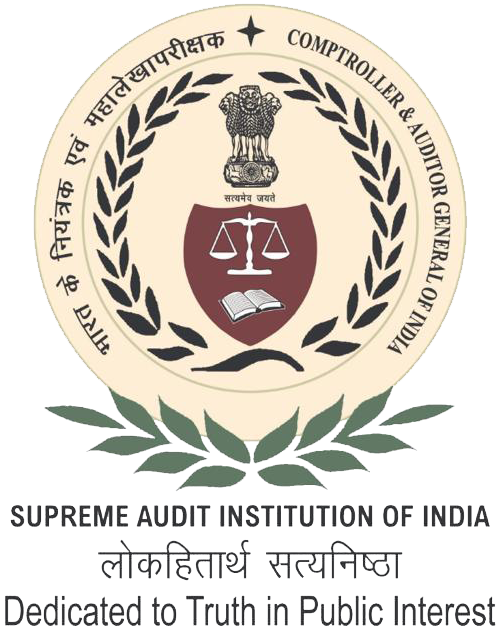- Home
- About Us
- Function
- Auditee Organisation
- Resources
- Publication & Reports
- Contact us
- Employee Corner
Audit Reports
Performance

Civil
Report No. 14 of 2012-13 - Union Government (Civil) Autonomous Bodies-Performance Audit
Date on which Report Tabled:
Thu 30 Aug, 2012
Date of sending the report to Government:
Government Type:
Union
Union Department
Civil
Sector
General Sector Ministries and Constitutional Bodies
Overview
Considering the important role of standardisation for achieving competitive efficiency and quality production, the Government of India set up the Indian Standards Institution (ISI) in 1947 as a registered society. Later on, to bring the formulation of standards and other related work under legislation, the Government decided to restructure ISI and invest it with statutory authority for Indian Standards (ISs) by passing the Bureau of Indian Standards Act in November 1986.
As a result, the Bureau of Indian Standards (BIS) came into being on 1 April 1987, after taking over the staff, assets, liabilities and functions of the erstwhile ISI. BIS had formulated a total of 18222 standards, out of which 1627 were formulated during the audit period. Audit test-checked 214 standards and noticed delays in formulation of standards from one month to 18 years in 137 cases. Printing of standards also took considerable time against the prescribed norms with delays ranging from four to 55 months in 153 cases. There was poor adoption of standards under the product certification scheme. Significant delays in grant of licences, ranging between 121 days and more than two years, were noticed. BIS was unable to perform its monitoring and inspection roles adequately.
Shortfalls in collection of factory samples ranging from 52 to 68 per cent and market samples ranging from 26 to 72 per cent as well as infrequent surveillance visits ranging from 39 to 62 per cent were observed. Testing facilities in the laboratories were not adequate. There were shortfalls in testing of samples (17 per cent), persistent accumulation of samples and non-availability of testing facilities in respect of certain products in BIS and outside laboratories.
Download Audit Report
- Index
- Preface
- Executive Summary
- Chapter I: Ministry of Consumer Affairs, Food and Public Distribution-Bureau of Indian Standards
- Chapter II: Ministry of Culture- Academic Activities of Maulana Abul Kalam Azad Institute of Asian Studies, Kolkata
- Chapter III: Ministry of Health and Family Welfare- Dental Council of India

